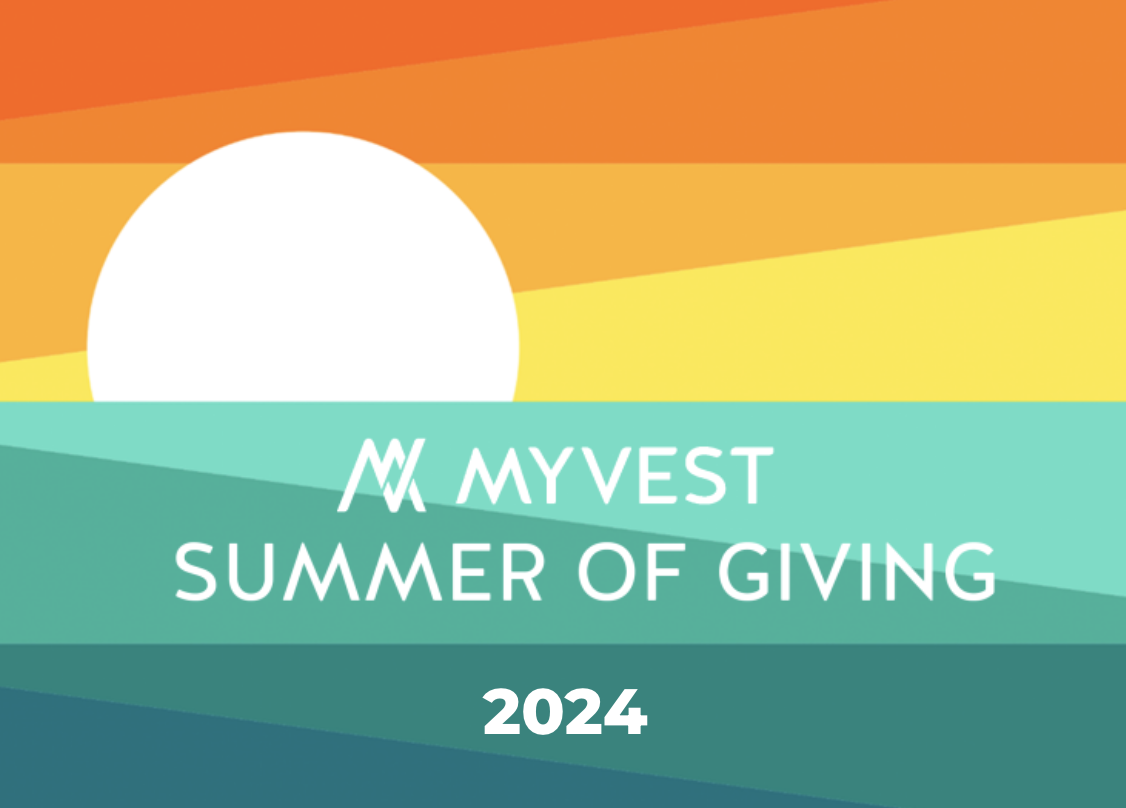Diverse fintech firm offers advisers a lesson on how to be competitive for top talent
Originally published in Investment News | September 24, 2018
By Jennifer Hartmann, MyVest’s VP of People & Culture
Rapid growth within the fintech ecosystem has pushed firms to find new ways to remain competitive — particularly companies in Silicon Valley, where competition with tech giants like Google and Apple make it increasingly challenging to lure top performers.
Industry leaders are recognizing that greater diversity and inclusion are a critical part of meeting these new talent demands. In PwC’s latest survey of 410 financial services CEOs, nearly 80% stated that encouraging greater diversity and inclusion was a critical part of meeting these new talent demands.
But why should diversity and inclusion matter to your organization? Simply put, it’s good for business. A 2015 McKinsey study found that there is a linear relationship between racial and ethnic diversity and better financial performance. Companies in the top quartile for gender diversity are 15% more likely to have returns above industry average, and those with racial and ethnic diversity are 35% more likely to have higher returns.
So, much like the evolution of socially responsible investing, what started as simply the right thing to do has evolved into providing better returns, and is becoming a baseline for today’s top companies.
How do you build a successful team with diversity at the forefront? It’s not just about setting quotas or checking boxes. It requires organizations to widen the lens through which they seek out talent, and create an inclusive company culture that supports employees, allowing them the opportunity to perform to their potential.
Here are three simple best practices for building a diverse company culture that thrives in the competitive world of fintech.
Make D&I intentional
Early on we rebranded our human resources function, renaming it the people and culture team, aligning with one of our key tenets, that “People Matter.” MyVestors, as we affectionately refer to ourselves, are so much more than just organizational resources — they’re an indispensable part of our success.
As such, we’re among the most diverse companies in the fintech space, with a team that’s 33% female and 52% people of color, as well as 40% immigrants from around the globe.
Not only do we deeply value our diverse workforce, but we take it one step further with a strong commitment to equal pay for all team members. We take meaningful steps to ensure fair and competitive compensation, including the use of salary benchmark data to define a consistent target compared to peer companies. And we’re proud to participate in Glassdoor’s Equal Pay Pledge, which promises equal pay for equal work and experience across gender lines.
Leadership matters
A culture of diversity and inclusion start at the top. If senior leadership doesn’t live it and breathe it, it’s nothing more than lip service. As an immigrant himself from South Africa, our CEO, Anton Honikman, is passionate about diversity and all its influence.
We view our leadership team as a reflection of our company and of our community. While the average tech company can have disproportionately low numbers of women in executive roles, 33% of MyVest’s executive team is female, including our chief technology officer and vice president of engineering. McKinsey’s Diversity Matters report found that when companies commit themselves to more diverse leadership, they win over top talent and increase employee satisfaction.
Our commitment to diversity and inclusion is a true reflection of our values. We have championed a culture in which diversity is a way of life, and where every team member feels welcome and valued.
Create a virtuous cycle
With younger generations more focused on values, diversity initiatives bolster recruiting and retention, creating a virtuous cycle between these two primary objectives.
When candidates interview with MyVest, they are meeting with women and people of color who are technical leads, heads of engineering and architecture, and in senior leadership roles. And as team members develop, they’re mentored by diverse talent from a variety of national origins, religions, genders, ages and the LGBTQ spectrum.
Within these teams, everyone’s voice is heard and valued, leading to a diversity of opinions and more innovative solutions. This culture of inclusiveness contributes to higher engagement and retention, creating stable teams and leading to increasing productivity.
Create a culture of diversity and inclusion based on your company values, model them within your leadership team, and create a virtuous cycle where the culture continues to feed itself.
Originally published in Investment News (a free online account may be required to view the article).


![MyVest CEO talks UMA upgrades and industry trends [FundFire]](https://myvest.com/wp-content/uploads/Fundfire.png)

![How to unlock tax savings in incoming client portfolios [Financial Planning]](https://myvest.com/wp-content/uploads/Anton-FP-.png)

![The Holistic Impact of Wealth and Retirement Plan Advisory M&A [PlanAdvisor]](https://myvest.com/wp-content/uploads/Screenshot-2024-08-13-at-9.50.52 AM.png)